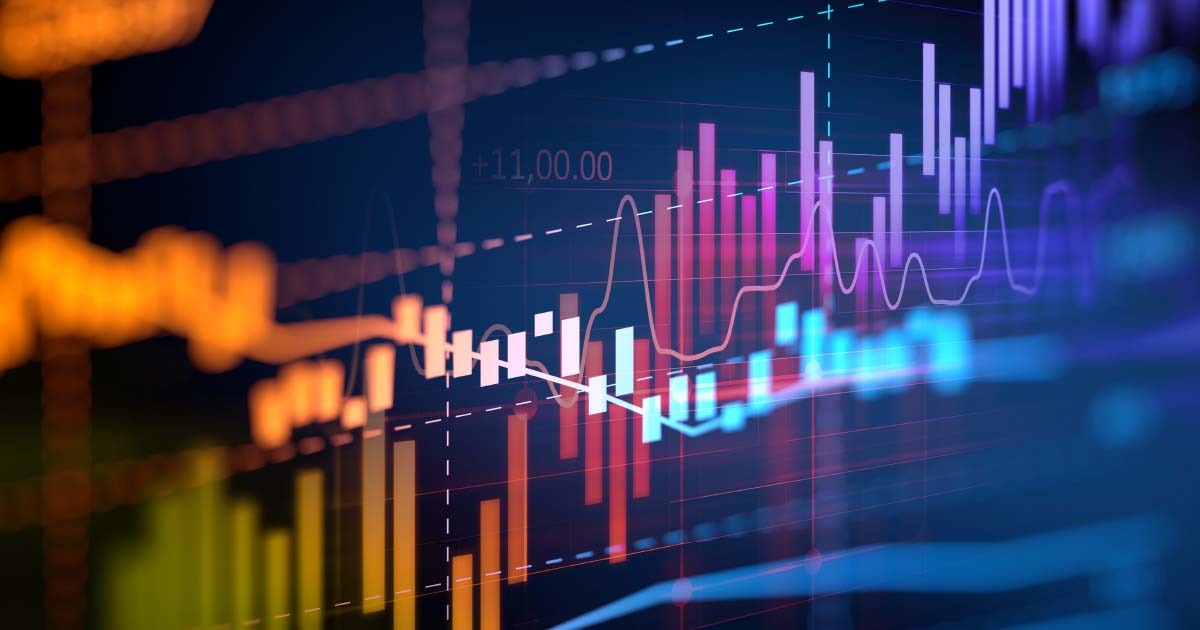
Even the world’s best runners eventual tire and need a breather. After 3+ months of relentless gains in the stock market, there is now mounting evidence that the rally is weakening. Several indicators show waning momentum and short-term divergences vs the market, which are often seen near the end of market advances. For example, as the market has pushed to new highs in recent weeks, fewer individual stocks have hit new highs. Anecdotally, the market was unable to push much higher on the news of the trade deal with Europe. That suggests that a good outcome was already priced in by investors.
To be clear, the intermediate and longer-term indicators are still unequivocally strong, and the weight of the evidence suggests the market will continue higher by the end of the year. Economically sensitive sectors are performing well, and the bond market is signaling low corporate default risk. All of these are consistent with an ongoing bull market. But there is objective evidence to suggest there may be a pause in the coming weeks.
Through 7/30, just over half of companies in the S&P 500 have reported earnings. 84% of them have exceeded analyst estimates, and blended earnings growth currently stands at 8.3% vs this period last year, compared to expectations for 4.9% at the beginning of the quarter. All data is sourced from Factset. This positive earnings season highlights one reason for the market rally of the past few months; over time stock prices follow the direction of corporate earnings. That said, companies that have missed earnings estimates have seen larger-than-average declines in their stock price. This underscores the idea that investor expectations are currently elevated, and that there is a bit more agitation in the market than the price of the indices have shown.
Absent the signs of a significant market top, investors should stay the course. We expect any pullbacks to be shallow and relatively short lived. A market pause, should it occur, should be thought of as a pause that re-energizes the market for another run into the end of the year. Of course, we will continue to monitor our objective indicators and update our conclusions accordingly.
This is being provided solely for informational and illustrative purposes, is not an offer to sell or a solicitation of an offer to buy any securities. The factual information given herein is taken from sources that we believe to be reliable, but is not guaranteed as to accuracy or completeness. Opinions expressed are subject to change without notice and do not take into account the particular investment objectives, financial situation or needs of individual investors. Employees of Janney Montgomery Scott LLC or its affiliates may, at times, release written or oral commentary, technical analysis or trading strategies that differ from the opinions expressed here.


